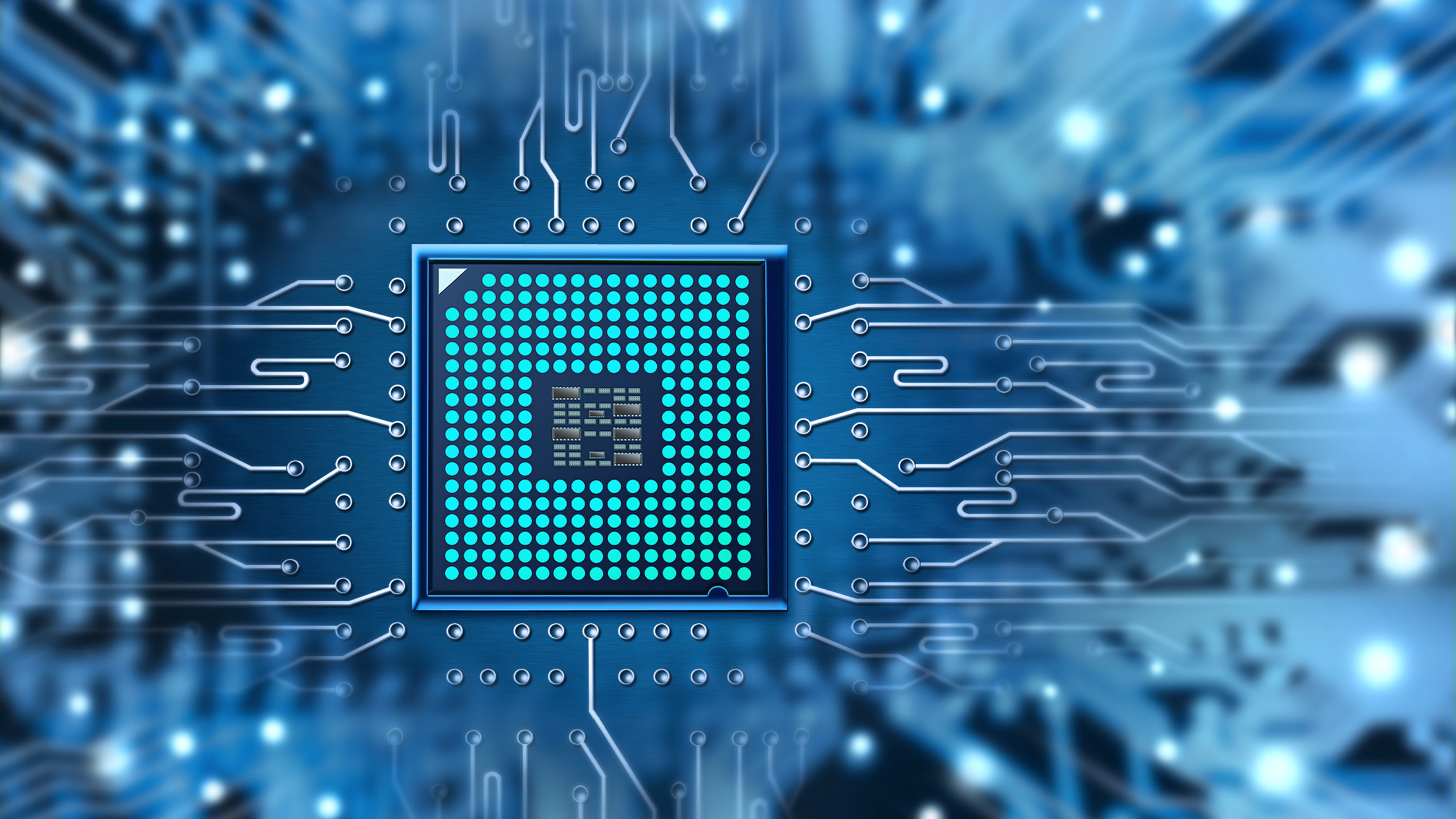
Quantum leap in metrology: memristors as the new standard for electrical resistance
Tracking electrical resistance is essential to ensure the accuracy and reliability of electrical measurements worldwide. Since 2019, the units of measurement in the International System (SI) are no longer based on standard samples (kilogram, metre, etc.), but are derived from universal constants such as the speed of light. For electrical resistance, reference is therefore made to electrical conductance – which measures the ability of a material to conduct electricity – quantised (G₀) – a combination of Planck's constant (h) and the elementary charge (e) – typically measured using the quantum Hall effect, a technique that provides accurate and reproducible values but requires expensive cryogenic systems and high-intensity magnetic fields available in only a few national metrology institutes (NMIs).
The study ‘Quantum resistance memristor for International System of Units intrinsically traceable standard’, co-authored by a group of researchers from Politecnico di Torino together with leading European metrology centres and published today in the prestigious journal Nature Nanotechnology, introduces a new standard for the traceability of electrical resistance: memristors, nanometric devices capable of modifying their conductivity in response to external stimuli. This is an innovative discovery: memristors can provide stable resistance values that are intrinsically correlated with the fundamental constants of nature, with the possibility of programming the resistance by modifying the silver nanofilaments that characterise them.
These changes can be adjusted at the atomic level even at room temperature, thus generating quantum leaps – fundamental concepts of quantum mechanics referring to the phenomenon whereby a quantum system passes from one energy level to another in a discontinuous manner, i.e. without passing through intermediate states, as happens with an electron in an atom – discrete, corresponding to G0 (or multiples) that can be measured with conventional reading systems. This approach paves the way for the concept of “NMI-on-a-chip”, i.e. the possibility of integrating the functions of an entire national metrology institute at the microchip level.
In the future, electrical measuring devices such as multimeters – among the most widely used instruments in the industry for measuring electrical quantities – could thus have a memristor as a reference for self-calibration, i.e. to automatically adjust their measurement or operating parameters so as to maintain the accuracy and correctness of results without external human intervention. This will enable the use of simplified calibration procedures in industry and in sectors where the portability of calibrated measurements is a necessity.
"The results obtained and published in the prestigious journal Nature Nanotechnology are the fruit of the European MEMQuD project, where fundamental research by academic institutions such as Politecnico di Torino and the Forschungszentrum Jülich on the phenomenon of “electrochemical polishing” (thanks to which nanofilaments can be “filed” at the atomic level) was coupled with the methodological rigour of the national metrology institutes of Italy, Turkey, Spain, Portugal and Germany", comment the co-authors of the study Carlo Ricciardi and Fabio Michieletti, respectively professor and post-doctoral researcher at the Department of Applied Science and Technology-DISAT and members of the NaMeS group at Politecnico di Torino.